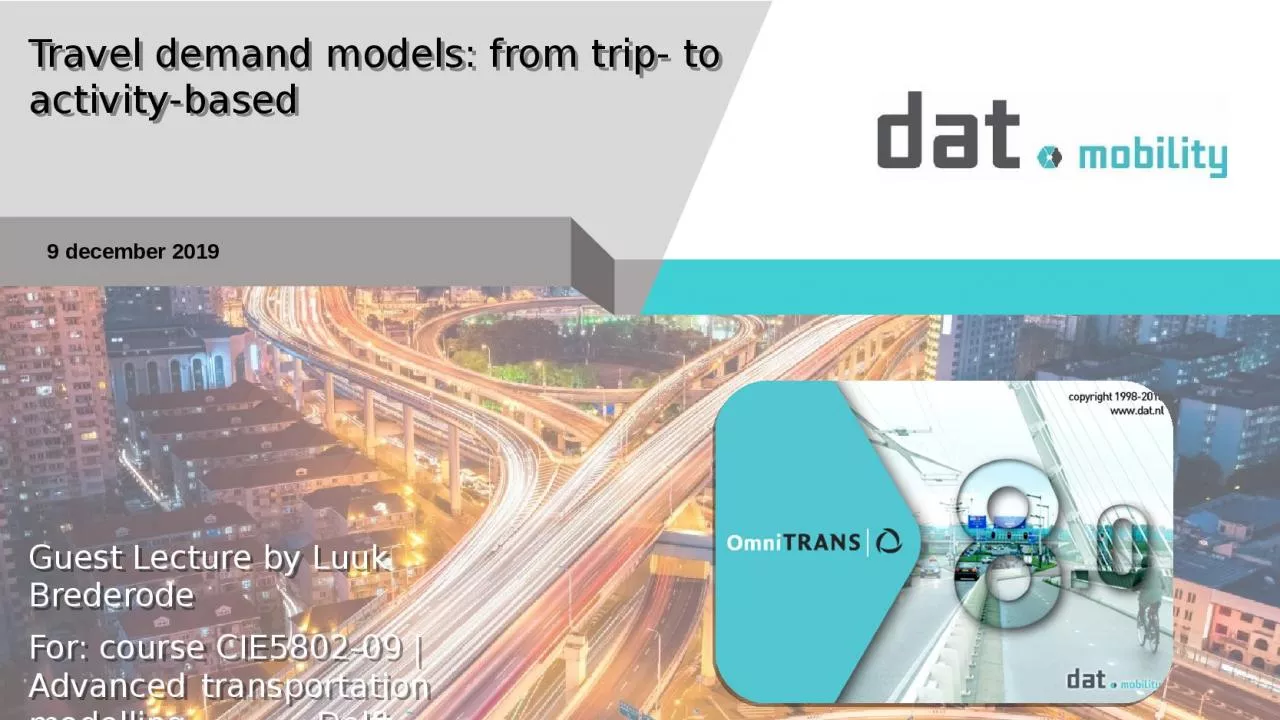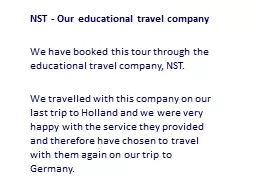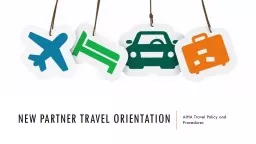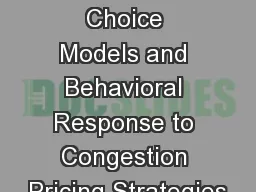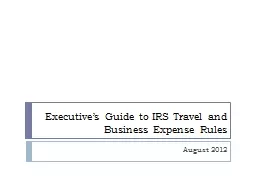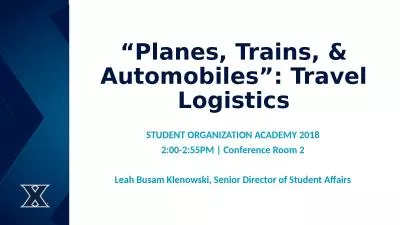PPT-Travel demand models: from trip- to activity-based
Author : carla | Published Date : 2023-11-03
9 december 2019 Guest Lecture by Luuk Brederode For course CIE580209 Advanced transportation modelling Delft University Contents Introduction travel demand models
Presentation Embed Code
Download Presentation
Download Presentation The PPT/PDF document "Travel demand models: from trip- to acti..." is the property of its rightful owner. Permission is granted to download and print the materials on this website for personal, non-commercial use only, and to display it on your personal computer provided you do not modify the materials and that you retain all copyright notices contained in the materials. By downloading content from our website, you accept the terms of this agreement.
Travel demand models: from trip- to activity-based: Transcript
Download Rules Of Document
"Travel demand models: from trip- to activity-based"The content belongs to its owner. You may download and print it for personal use, without modification, and keep all copyright notices. By downloading, you agree to these terms.
Related Documents

